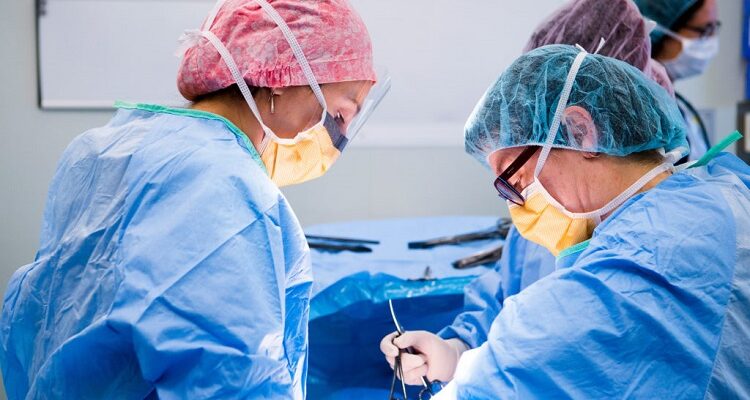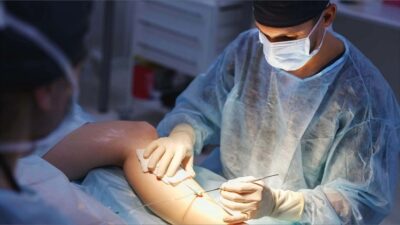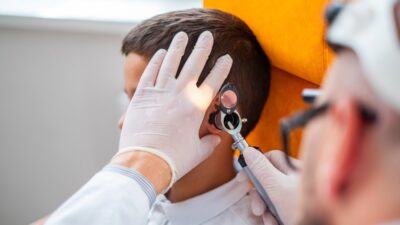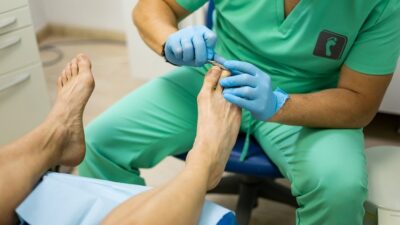Endoscopic retrograde cholangiopancreatography (ERCP) is a procedure that examines and treats issues with the pancreas and bile ducts by combining endoscopy and X-ray imaging. A flexible tube is placed through the mouth and into the small intestine during the surgery, and a particular dye is administered into the pancreas and bile ducts. This dye allows the doctor to visualize the structures and detect abnormalities or blockages. ERCP Anchorage is performed on an outpatient basis under sedation or general anesthesia, and you can usually go home the same day.
Table of Contents
What does the procedure entail?
The procedure typically takes 30-90 minutes, and you will need to fast for several hours before the procedure to ensure that your stomach and intestines are empty. During the procedure, the doctor may also perform certain treatments, such as removing gallstones, inserting a stent to keep the bile ducts open, or taking a tissue biopsy. ERCP carries risks and potential complications like any medical procedure, including bleeding, infection, pancreatitis, and digestive tract perforation. However, serious complications are rare, and the procedure’s benefits often outweigh the risks.
What to do after the procedure
After the procedure, you will need to rest and avoid eating or drinking for some time to allow the sedation to wear off. You may experience mild discomfort or bloating, which usually subsides within a few hours. If you are scheduled to undergo ERCP, your doctor will provide specific instructions on preparing for the procedure and what to expect before, during, and after the procedure.
Your doctor will discuss the procedure results with you and provide any necessary follow-up care or treatment. If a tissue sample was taken during the procedure, you might need to wait a few days for the results.
Here are some of the conditions that ERCP can treat:
- Gallstones: ERCP can be used to remove gallstones blocking the bile ducts. A small instrument can be passed through the endoscope to remove the stones. ERCP is particularly useful when the stones are too large to be removed by other means, such as through medication or simple laparoscopic surgery.
- Pancreatitis: ERCP can also treat acute pancreatitis, a painful pancreas inflammation. During the procedure, a stent can be placed in the pancreatic duct to help drain fluids causing the inflammation. This can help relieve pain and prevent further damage to the pancreas.
- Biliary strictures: Narrowing of the bile ducts, or biliary strictures, can be caused by some conditions, including cancer, inflammation, or scarring. ERCP can be used to diagnose and treat biliary strictures. During the procedure, a stent or balloon can be inserted to widen the narrowed ducts and restore normal bile flow.
- Bile duct stones: ERCP can also remove stones from the bile ducts. Similar to gallstones, bile duct stones can cause pain and blockage. They can be removed during the procedure using a small instrument passed through the endoscope.
- Tumors: ERCP can diagnose and treat pancreatic, bile ducts, or gallbladder tumors. During the procedure, a biopsy can be taken to determine if the tumor is cancerous. If it is, a stent or balloon can relieve blockages and improve bile flow.
If you have any questions or concerns about ERCP, discuss them with your doctor at Pioneer GI Clinic.










Comments